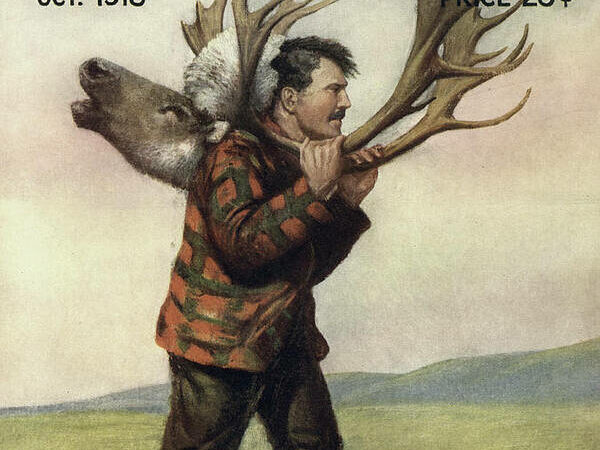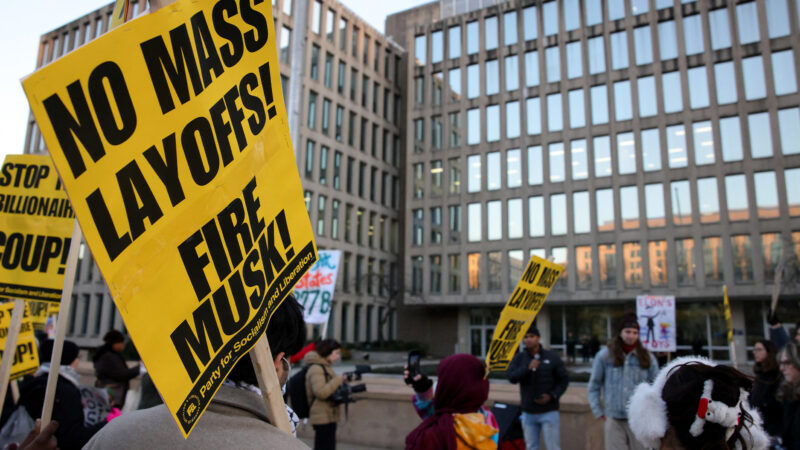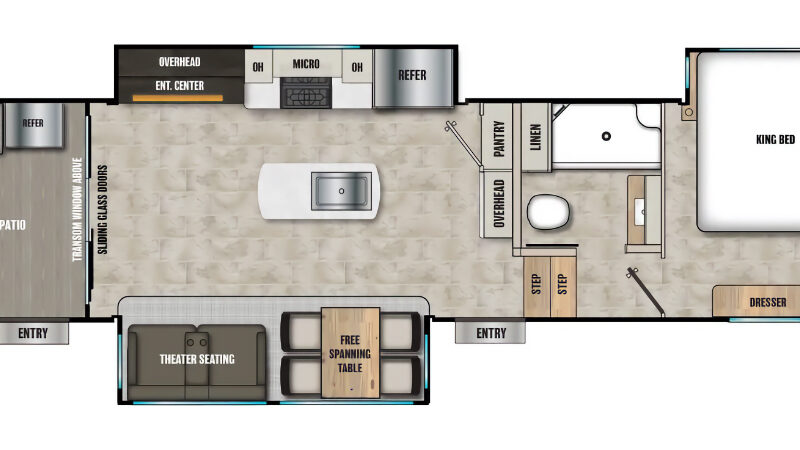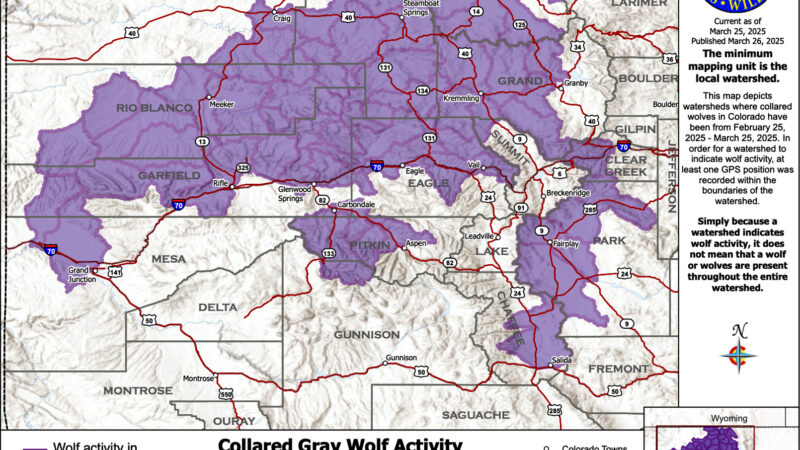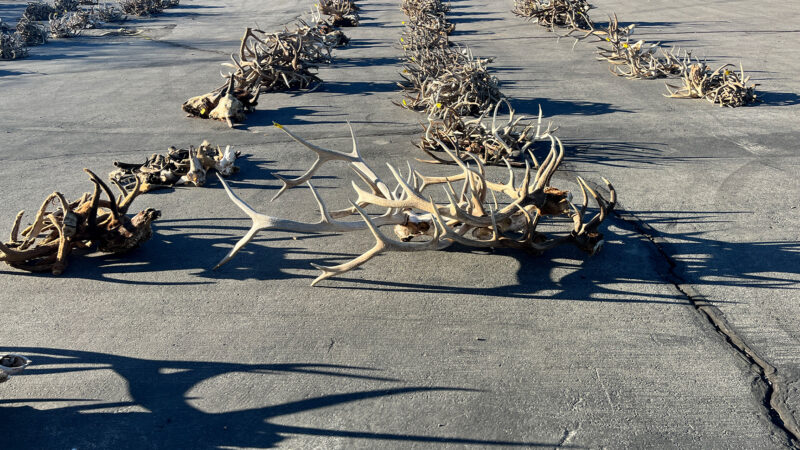BLM Officially Blocks the Ambler Road, a 211-Mile Industrial Corridor Through Alaska’s Iconic Brooks Range
A proposed road that would have stretched 211 miles through the Brooks Range of Alaska to access a copper deposit worth an estimated $7.5 billion has been officially blocked by the Bureau of Land Management. The agency released a Record of Decision Friday to deny construction of the Ambler Road access project, as was expected after the project’s final Environmental Impact Statement was released in April.
The decision — which comes after 90,000 written public comments, 12 public meetings, and dozens of consultations with Native corporations — is being celebrated by hunting and fishing conservation groups and criticized by stakeholders for blocking jobs and economic development in the state.
“Brooks Range rivers will remain remote and wild because of this decision,” fly fishing guide Greg Halbach of Remote Waters in Anchorage told the Theodore Roosevelt Conservation Partnership. “We needed hunters and anglers from all over the country to speak out against the Ambler Road and they did.
The BLM cited “significant wildlife habitat and pristine waters that are vital for the subsistence activities of Tribal communities” as one major factor in its decision to deny construction of the road.
“The BLM’s analysis found that the road would have required over 3,000 stream crossings and would have impacted at risk wildlife populations, including sheefish and the already-declining Western Arctic caribou herd, which are critical food sources for Native communities,” reads a BLM press release. “The analysis found that the road would have reduced the abundance and availability of subsistence resources while also restricting access to them.”
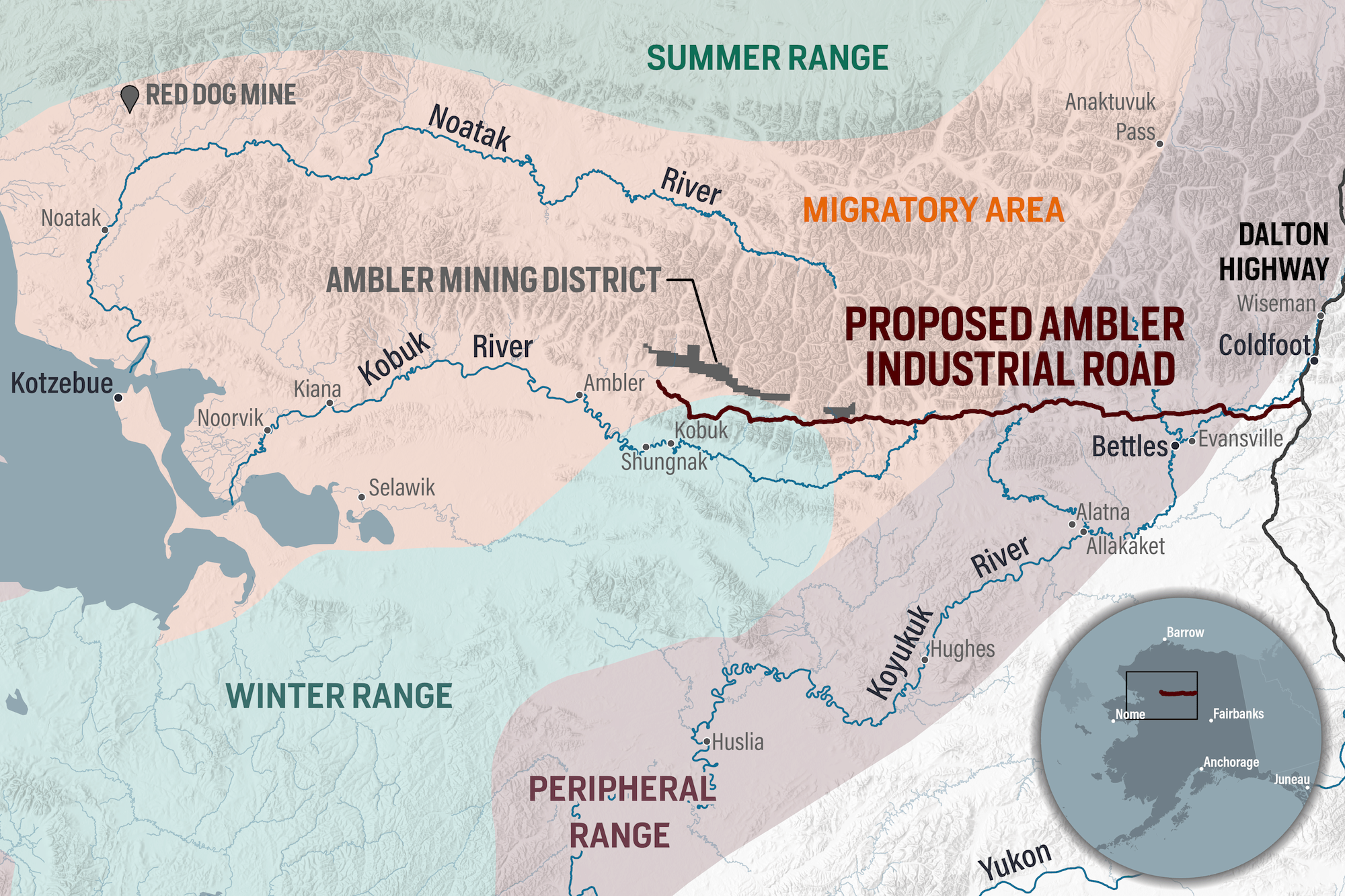
The agency also cited permanent damage to permafrost in its decision to block the Ambler Road. Interestingly, the BLM used the possibility of future public access on the road as one justification to block the project: “…analysis showed that irreparable impacts to permafrost would make it unlikely the road could be reclaimed and that it is reasonably foreseeable that the industrial road would be used by the public, increasing impacts to the surrounding environment and communities.”
This is a nod to the Dalton Highway, which was constructed to build the Trans-Alaska Pipeline and service oil fields on the North Slope in the 1970s but opened for public use in 1994. Resident and non-resident hunters and anglers have since embraced the access the Haul Road eventually provided to state and federal lands. Many conservation groups have objected to the Ambler Road primarily for conservation concerns, but also because it would have served as a private industrial corridor for traffic exclusively related to mine exploration, development, and operations in the Ambler Mining District. As it was proposed, public hunters, anglers, and other recreators would’ve been blocked from using it, despite the fact that 61 percent of its proposed route crossed Alaska state lands and 24 percent crossed federal lands (the remaining 15 percent was routed through Native corporation lands).
This spring state director of Alaska BLM Steven Cohn wrote that all three of the proposed Ambler Road routes “would significantly impact [natural] resources, including important subsistence resources and uses, in ways that cannot be adequately mitigated.”
The 211-mile version of the road that received the most public attention would have crossed 11 major rivers and risk, as TRCP notes, “degrading habitat and potentially impeding fish passage for species such as Arctic grayling and sheefish.” Any one of the proposed routes to the copper deposit would’ve been constructed as a two-lane (32-foot wide) all-season gravel road, with bridges, culverts, stations every 50 to 75 miles, vehicle turnouts, material sites, water source access roads, and airstrips.
“The recent decision to deny the proposed Ambler Road permit is an unequivocal win for the declining Western Arctic Caribou Herd that will keep, at least temporarily, its home range intact,” Jim Dau, a retired Western Arctic Caribou Herd biologist with Alaska Department of Fish and Game, told TRCP. “Caribou rarely use their entire range in any one year; however, over the course of decades, they use – and need – their entire range. This is increasingly important in a rapidly warming Arctic. What’s good for caribou is also good for the people who value or depend on them.”
The Alaska Industrial Development and Export Authority, which proposed the Ambler Road and finances economic development projects in the state, had not released a statement on the BLM’s decision as of press time. AIDEA has previously stated that blocking the Ambler Road would “violate several federal laws and promises made at statehood to allow development of state lands.” By the organization’s own estimates, the project would have created 14,000 jobs and $1.3 billion in tax and royalty revenue
“Allakaket wants a future of jobs and economic opportunities for our people; a legacy and future for our kids,” first chief of Allakaket PJ Simon said in AIDEA’s April press release. “We deserve the same opportunities as the billion-dollar donors and conservation groups trying to lock us into a state of poverty with the highest food and energy prices in the nation. Without access to running water or sewer, how are we supposed to be healthy people? Projects like the Ambler Road help us to develop skills and secure jobs that empower our people, much like [the] Trans-Alaska Pipeline did in the 1970s. ”
For many Alaskans, however, the economic opportunity of the Ambler Road wasn’t enough to justify the potential consequences of development in the Brooks Range.
“Though I believe that Alaska needs to be able to reasonably develop its rich mineral resources, I’d be lying if I said there wasn’t a small part of me that’s relieved this bit of Alaska isn’t going to be touched for now,” says OL staff writer and Fairbanks resident Tyler Freel. “This road would not allow public access, and even if it eventually did, what would we have to give up to get it? The price for the Dalton Highway was ANILCA — the largest loss of hunting access that Alaskans have ever seen. We don’t know the ultimate cost of the Ambler Road.”
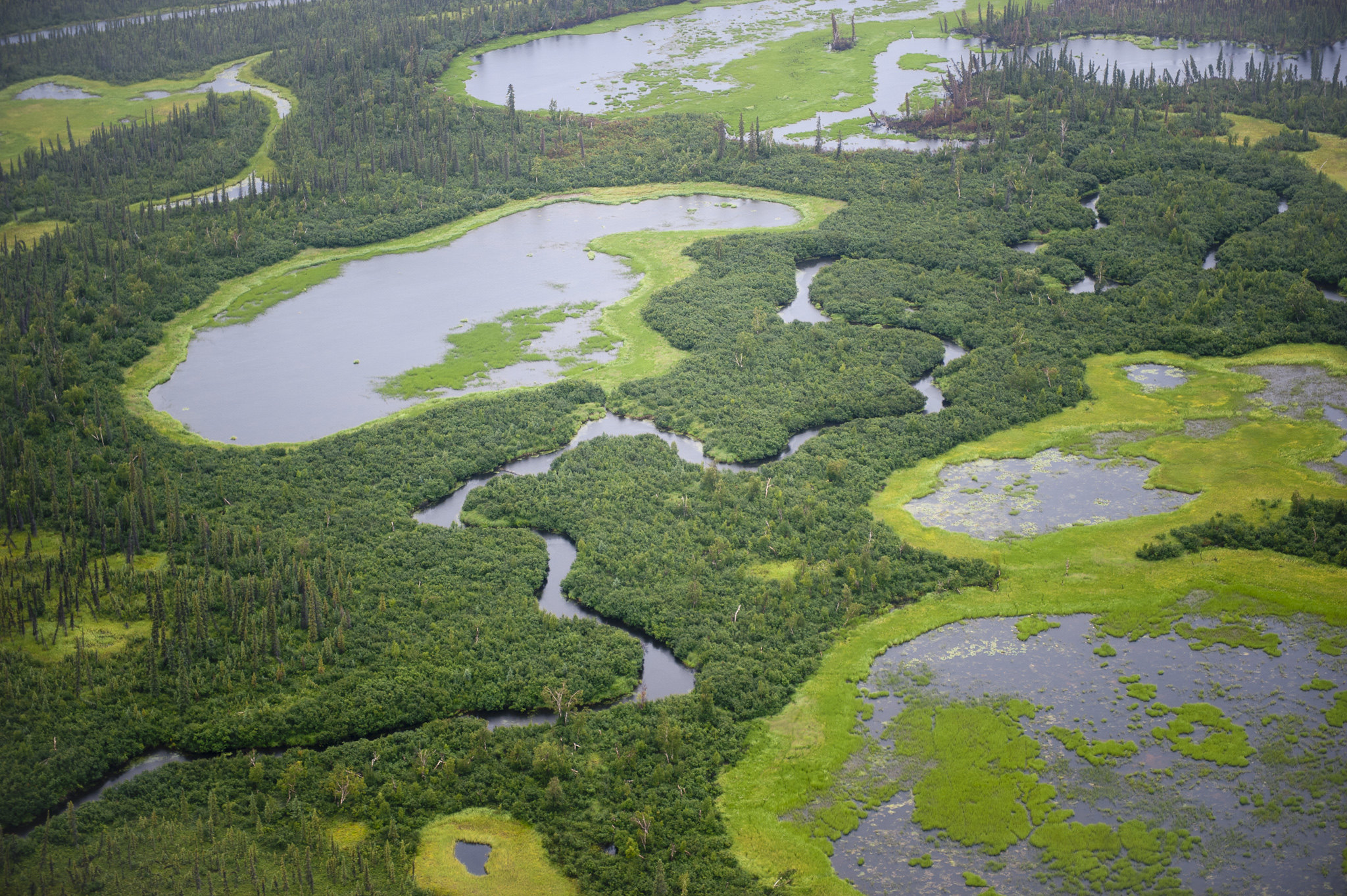
Photo by Neal Herbert / NPS
The BLM noted in its June 28 decision that there are “no active mines in the and no mine plan proposals pending before the federal government.” But as was the case with mining projects in Alaska’s Bristol Bay and the Boundary Waters Canoe Area Wilderness in Minnesota, large-scale proposals to develop federal land are rarely shut down in a single decision or by a single presidential administration. Conservation groups welcome the decision, but remain braced for continued push-back from development stakeholders.
“We expect foreign mining interests to continue their efforts to develop a private industrial corridor in the central Brooks Range,” says Jen Leahy, the Alaska senior program manager for the TRCP. “And the hunt-fish community is prepared to defend this region’s fish and wildlife — for the benefit of all who depend on these resources — for as long as it takes.”
Read Next: Welcome to the New, Uncertain Era of DIY Sheep Hunting
The BLM’s announcement on Friday coincided with the release of its Final Environmental Impact Statement on the proposed withdrawal of 28 million acres of BLM-managed public lands on Alaska’s Kenai Peninsula. The agency signaled its intent to block the withdrawal and keep those lands under agency management, citing “lasting negative impacts on wildlife, vegetation and permafrost” as well as subsistence hunting and fishing.
“This sweeping action would have opened the 28 million acres to extractive development activities, such as mining and oil and gas drilling, and removed the federal subsistence priority from millions of acres,” the BLM said in a statement. “…The BLM’s analysis found that revoking the protections would likely harm subsistence hunting and fishing in communities that would lose federal subsistence priority over some lands, ranging from 44 to 117 communities, depending on the alternative.”
The post BLM Officially Blocks the Ambler Road, a 211-Mile Industrial Corridor Through Alaska’s Iconic Brooks Range appeared first on Outdoor Life.
Source: https://www.outdoorlife.com/conservation/blm-blocks-ambler-road/
